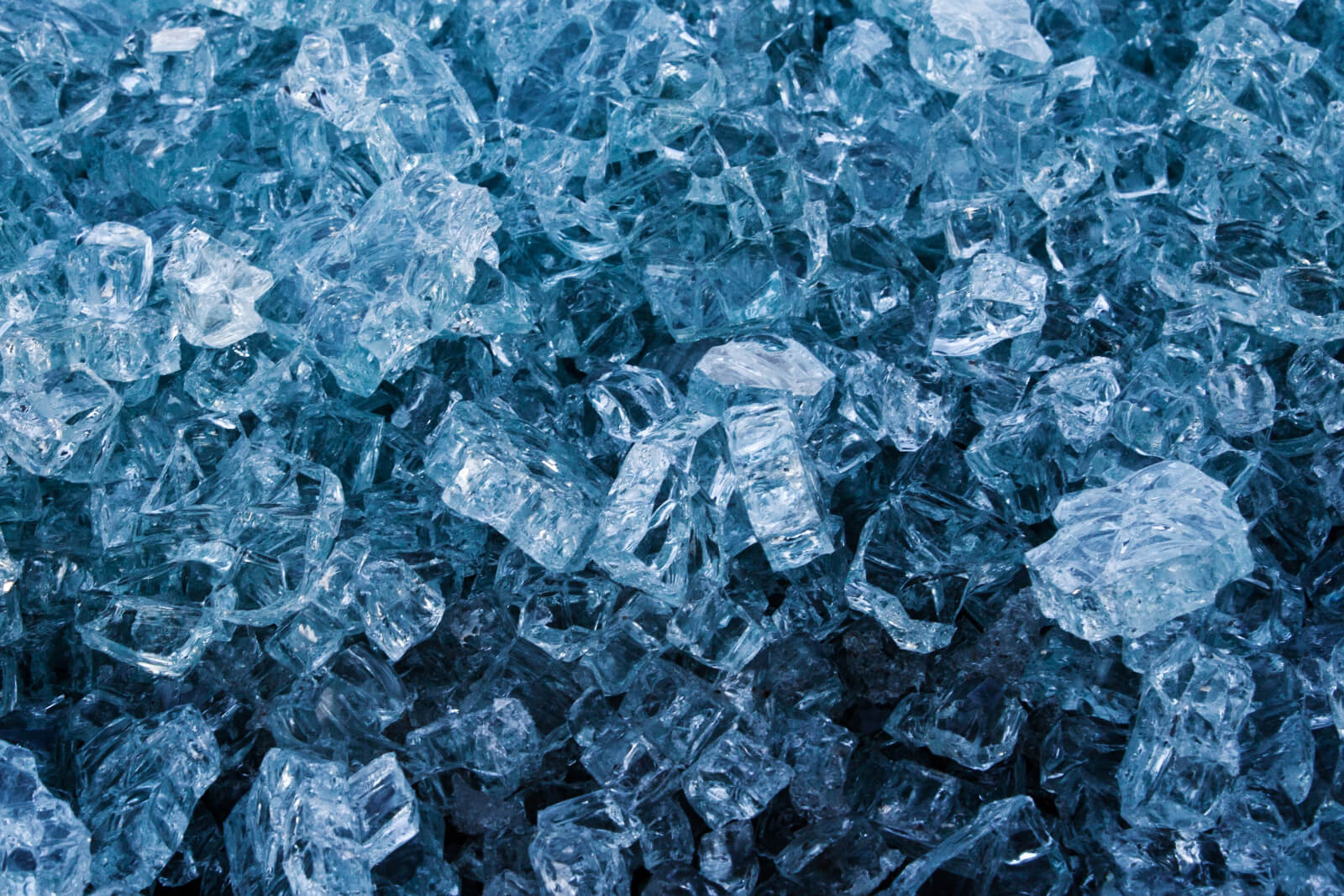We’ve been brainwashed to use ice packs after an especially strenuous workout or sports injury to lessen soreness and swelling after muscle injury.
But for over 4 decades the doctors at Oregon Regenerative Medicine have discouraged ice applications, and instead encouraged circulation enhancing heat application after treatment of muscle, tendon and ligament connective tissue injuries.
Now, finally, exercise physiologists are demonstrating the dangers of icing and promoting the benefits of heat after acute injury.
According to a 2011 study,1 for instance, people who iced a torn calf muscle later experienced the same level of leg pain as people who left their sore leg alone. Icing delayed their return to strenuous activities. An observational weight training study from 20152 discovered that men who used ice packs or ice baths after workouts had less strength, size, and endurance than those who recovered without ice.
Now a new animal study reveals that icing negatively alters the molecular environment of injured muscles, prolonging inflammation and delaying recovery. The study, which involved mice rather than humans, adds to growing evidence that icing muscles after hard exercise is not only ineffective but also potentially harmful.
In this study, conducted by researchers at Kobe University in Japan and other institutions, 40 young healthy mice were electrically stimulated to mimic prolonged calf muscle contraction, inducing eccentric injury in the lower limbs. Researchers took muscle samples from some animals immediately after they had engaged in the simulated exercise. Then, half of the mice had tiny ice packs attached to one leg, leaving the other leg unchilled.

For the next several weeks, the researchers continued taking muscle samples from members of both groups of mice every few hours, then days, after their simulated exercise sessions. Then, they examined each tissue under a microscope, paying close attention to any potential inflammatory cell activity.
It is known that the body’s initial response to any infection or injury is inflammation. Ice application retarded the ability of pro-inflammatory macrophages to rush to the affected area to fight off invading pathogens and to phagocytize cellular debris and damaged tissue.
They noticed a rapid accumulation of pro-healing cells in the tissue that had not been chilled. Within a few hours, these cells started actively clearing away dead cells, and by the third day following the contractions, most of the damaged fibers had been removed. The macrophages then transitioned to anti-inflammatory cytokine secreting cells, and specialized muscle cells that rebuild tissue began to appear, and by the end of two weeks, the non-cooled muscles were completely healed.
“Ice application retarded the ability of pro-inflammatory macrophages to rush to the affected area to fight off invading pathogens and to phagocytize cellular debris and damaged tissue.”
With iced muscles, recovery was significantly slower. The same levels of pro-inflammatory cells that appeared on day three in the unchilled muscle did not appear in these tissues for seven days. Phagocytosis and removal of necrotic tissue and debris was delayed, as was the arrival of muscle repair cells.
They demonstrated that ice application immediately after muscle damage specifically:
- impairs the phenotypic dynamics of macrophages and the time-course expression of inflammation-related factors, such as TNF- and IL-10
- delays the emergence of Pax7+ myogenic cells within the regenerating area
- delays the expression of inflammation-related factors, such as TNF- and IL-10
- results in poor muscle regeneration
Thus, this study revealed the critical step in which icing inhibits the removal of necrotic tissue and inhibits repair of muscle injury, slowing muscle regeneration.
But what about heat therapy for a muscle injury?
In this review,3 the mechanism of heat treatments was investigated, and it was demonstrated that heat application is beneficial to all aspects of muscle repair, including the prevention of delayed onset muscle soreness (DOMS).
And in this study,4 the emergence of regenerating myotubes after skeletal muscle damage was seen at 3 days post injury in heat treated muscle, vs. taking 7 days for regenerative cells to appear in the non-heat-treated muscles.
The use of ice after skeletal muscle injury is an outdated and counterproductive strategy. It is time for physical therapists and others to follow the evidence and replace damaging ice therapy for athletic injuries with repair promoting heat therapy.
Dr. Noel Peterson, a pioneer in the field of regenerative medicine, is the medical director and founder of Oregon Regenerative Medicine.
Sources
- Prins JC, Stubbe JH, van Meeteren NL, Scheffers FA, van Dongen MC. Feasibility and preliminary effectiveness of ice therapy in patients with an acute tear in the gastrocnemius muscle: a pilot randomized controlled trial. Clin Rehabil. 2011 May;25(5):433-41. doi: 10.1177/0269215510388312. Epub 2010 Nov 8. PMID: 21059665.
- Yamane M, Ohnishi N, Matsumoto T. Does Regular Post-exercise Cold Application Attenuate Trained Muscle Adaptation? Int J Sports Med. 2015 Jul;36(8):647-53. doi: 10.1055/s-0034-1398652. Epub 2015 Mar 11. PMID: 25760154.
- Kawashima M, Kawanishi N, Tominaga T, Suzuki K, Miyazaki A, Nagata I, Miyoshi M, Miyakawa M, Sakuraya T, Sonomura T, Arakawa T. Icing after eccentric contraction induced muscle damage perturbs the disappearance of necrotic muscle fibers and phenotypic dynamics of macrophages in mice. J Appl Physiol (1985). 2021 May 1;130(5):1410-1420. doi: 10.1152/japplphysiol.01069.2020. Epub 2021 Mar 25. PMID: 33764172.
- Kim K, Monroe JC, Gavin TP, Roseguini BT. Local Heat Therapy to Accelerate Recovery After Exercise-Induced Muscle Damage. Exerc Sport Sci Rev. 2020 Oct; 48(4):163-169. doi: 10.1249/JES.0000000000000230. PMID: 32658042; PMCID: PMC7492448. El-Sheikh AA, El-Kordy EA, Issa SA. Influence of Heat Treatment on Muscle Recovery after Skeletal Muscle Injury in Rats: Histological and Immunohistochemical Studies. J Microsc Ultrastruct. 2021 Jun 3;10(2):63-71. doi: 10.4103/jmau.jmau_85_20. PMID: 35832314; PMCID: PMC9272698.
Photos by Scott Rodgerson on Unsplash and Vidal Balielo, Jr. on Pexels



